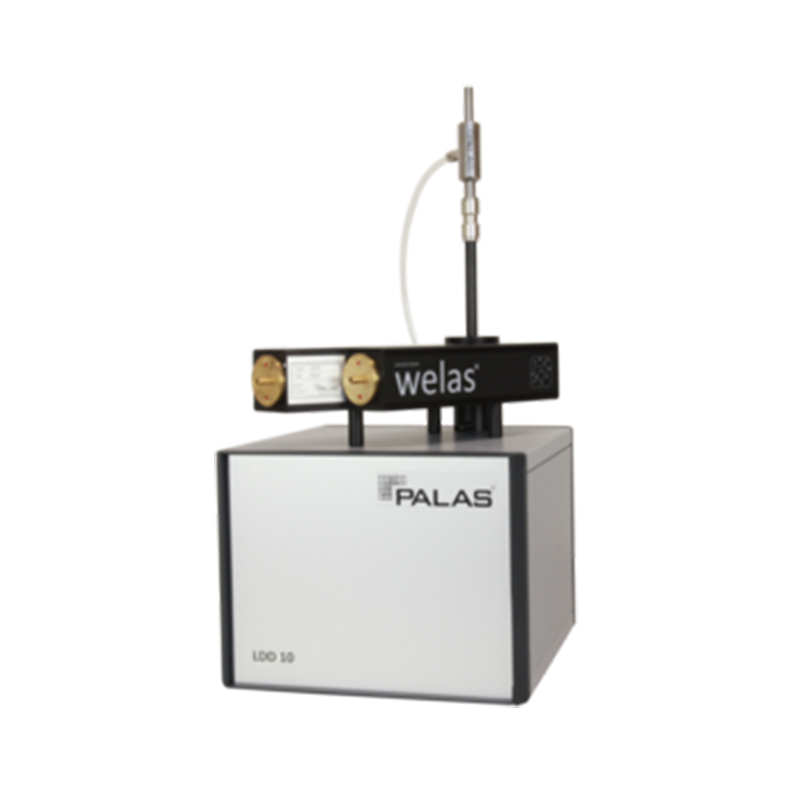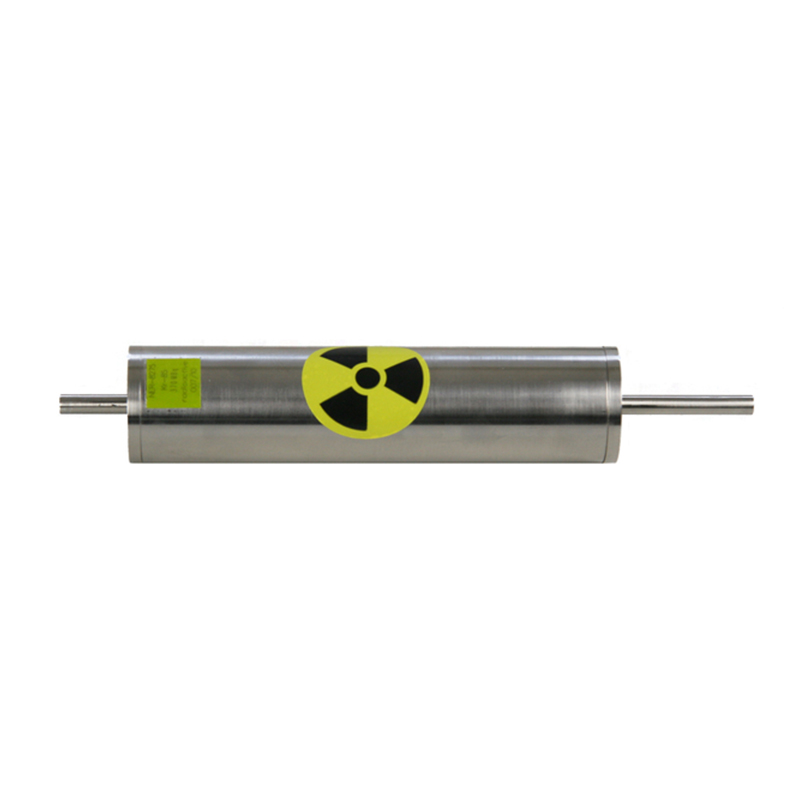Description
With the new MFP 3000 HF, it is now also possible to set the relative humidity from 10 to 80 % or the temperature from -10 to 50 °C. The inflow velocity has been extended as compared with standard models to a range of 4 cm/s – 2 m/s.
The MFP 3000 HF serves to determine filter parameters under realistic air conditions, such as
• the differential pressure of the filter medium at different inflow velocities
• the fractional efficiency and the differential pressure at a defined air volume flow
• the differential pressure and the fractional efficiency at a defined air volume flow
• the dust holding capacity and the associated gravimetric efficiency at a prescribed air volume flow and increase in differential pressure.
Air conditioning
With the MFP 3000 HF, a new test rig concept has been implemented for this purpose, which provides for particularly stable data on air conditioning. This includes an isothermal measuring chain to prevent evaporation and condensation effects of particles in the test channel, as well as during sampling and particle measurement. For this reason, the MFP 3000 HF was equipped with active cooling and heating elements, which allows the air conditioning to be almost independent of the climatic conditions in the lab.
Aerosol generation
The modular system of the MFP 3000 series enables the use of different test aerosols like salt particles, DEHS particles and test dusts like ISO A2 Fine. Aerosol generation is characterized by extremely high consistency in the aerosol concentration and the particle size distribution emitted.
Aerosol measurement from 5 nm to 40 µm
For the first time, the U-SMPS 2100 particle sizer has been integrated into the MFP 3000 series for measurement of nanoparticles in the range from 5 nm to 1 µm. The MFP 3000 HF comes equipped with automatic manual switching between the raw gas and pure gas measurement points.
The light scattering spectrometer Promo® 3000 HP performs clear particle measurements in the range from 200 nm to 40 µm and depending on the choice of sensor also in high concentrations up to 5000 mg/m3 (SAE Fine) or low concentrations for determination of the initial fraction separation efficiency.
Automation
The MFP 3000 has an integrated mass flow controller to control the volume flow. The volume flow rates are automatically monitored and controlled by the FTControl filter test software. The data from the integrated sensors – such as the volume flow, temperature, relative humidity and differential pressure at the filter – are also recorded automatically during the filter test.
Measurement of the fraction separation efficiency
Fig. 3: Example: Comparison of fraction separation efficiencies
• Fully-automated measurement of the fraction separation efficiency
• Clear demonstration of the separation efficiency of your filter medium throughout the entire measurement range from 0.2 to 40 µm with the Promo® system
• Highest measurement reproducibility and repeatability highlight even fine differences in the separation efficiency
• Short measurement times of around 2 minutes per separation efficiency measurement thanks to optimized aerosol application
• Simple comparison of separation efficiency curves, calculation of mean values also possible
Sampling and layout
The vertical layout allows even large particles (up to 40 µm) to make their way onto the filter medium. On the raw and clean gas side, isokinetic sampling probes are provided for the raw and clean gas sensor.
Burden / hold time measurement and recording of the pressure loss curve

Fig. 4: Example: Hold time measurement
• Performance of measurements of the fraction separation efficiency during dust application; pressure loss or measurement time can be pre-selected as the abort criterion
• Pre-selectable burden application steps in relation to pressure loss or time
• Gravimetric determination of the separation efficiency
• Determination and display of the pressure loss curve and retention curve in diagram and table form The representation of the particle diameters at 80 % and 95 % separation efficiency provides additional information
• Comparison of the fraction separation efficiencies during the different burdening steps
• Shortening of the measurement times, e.g. through increased aerosol concentration





